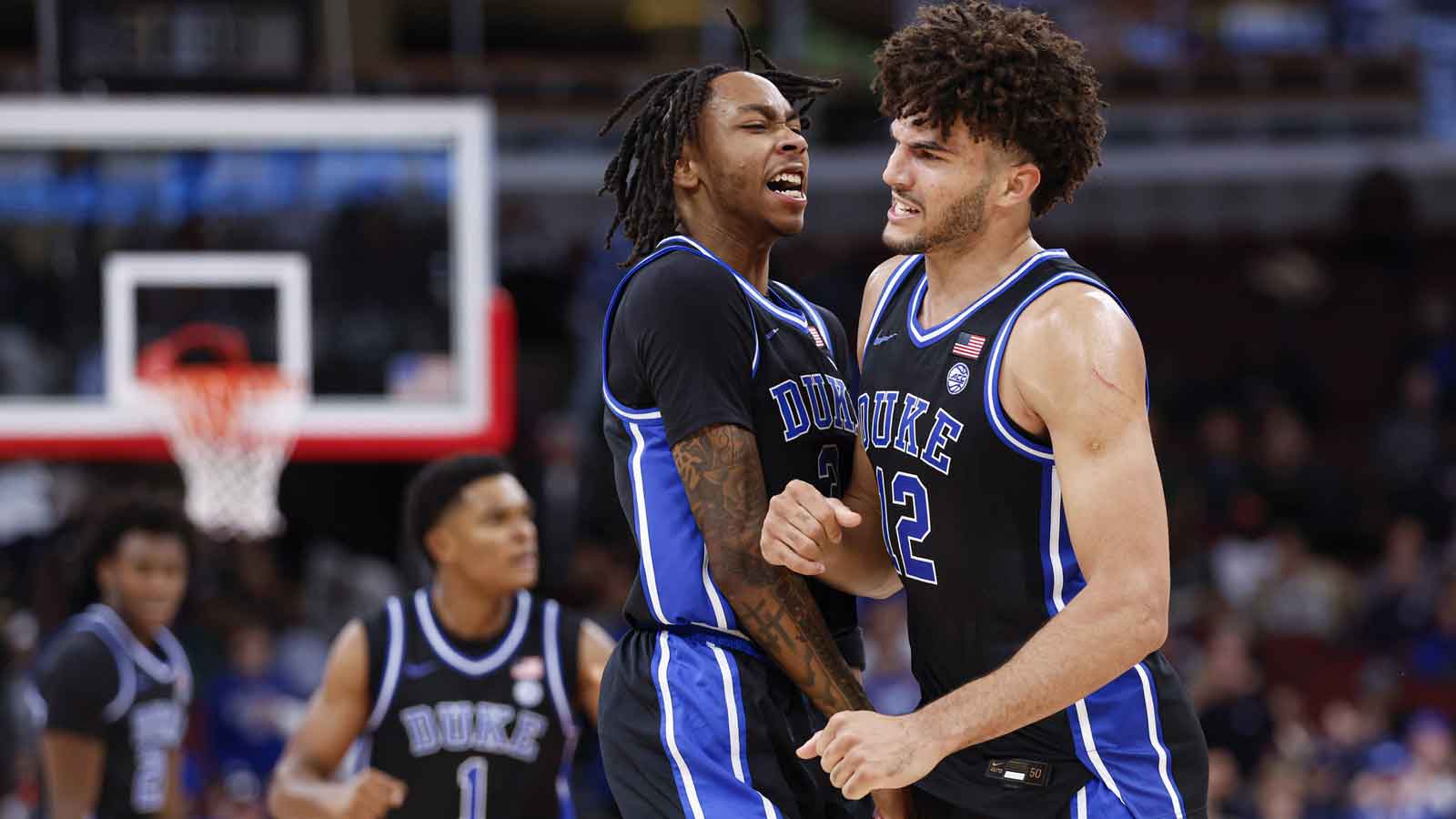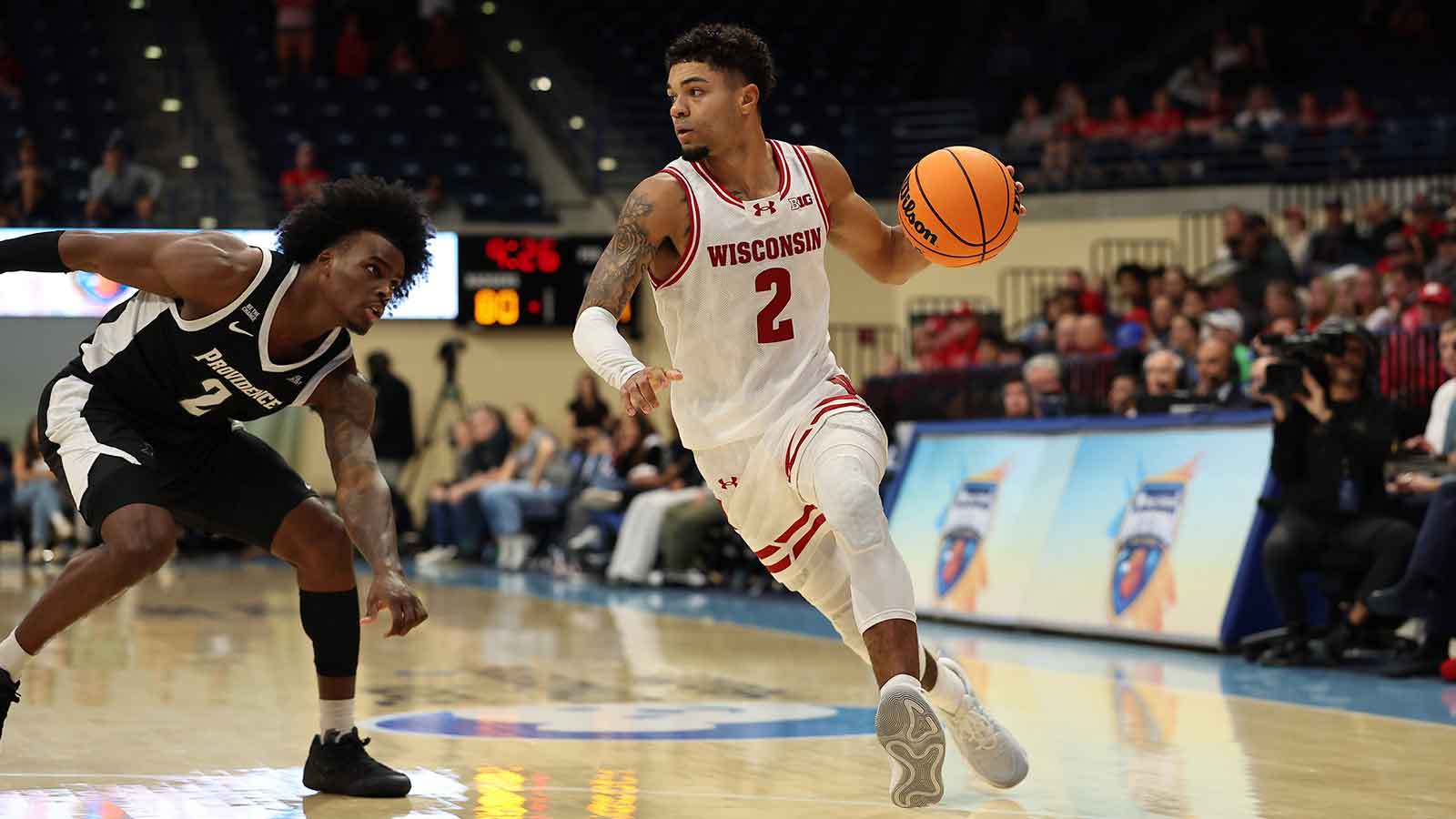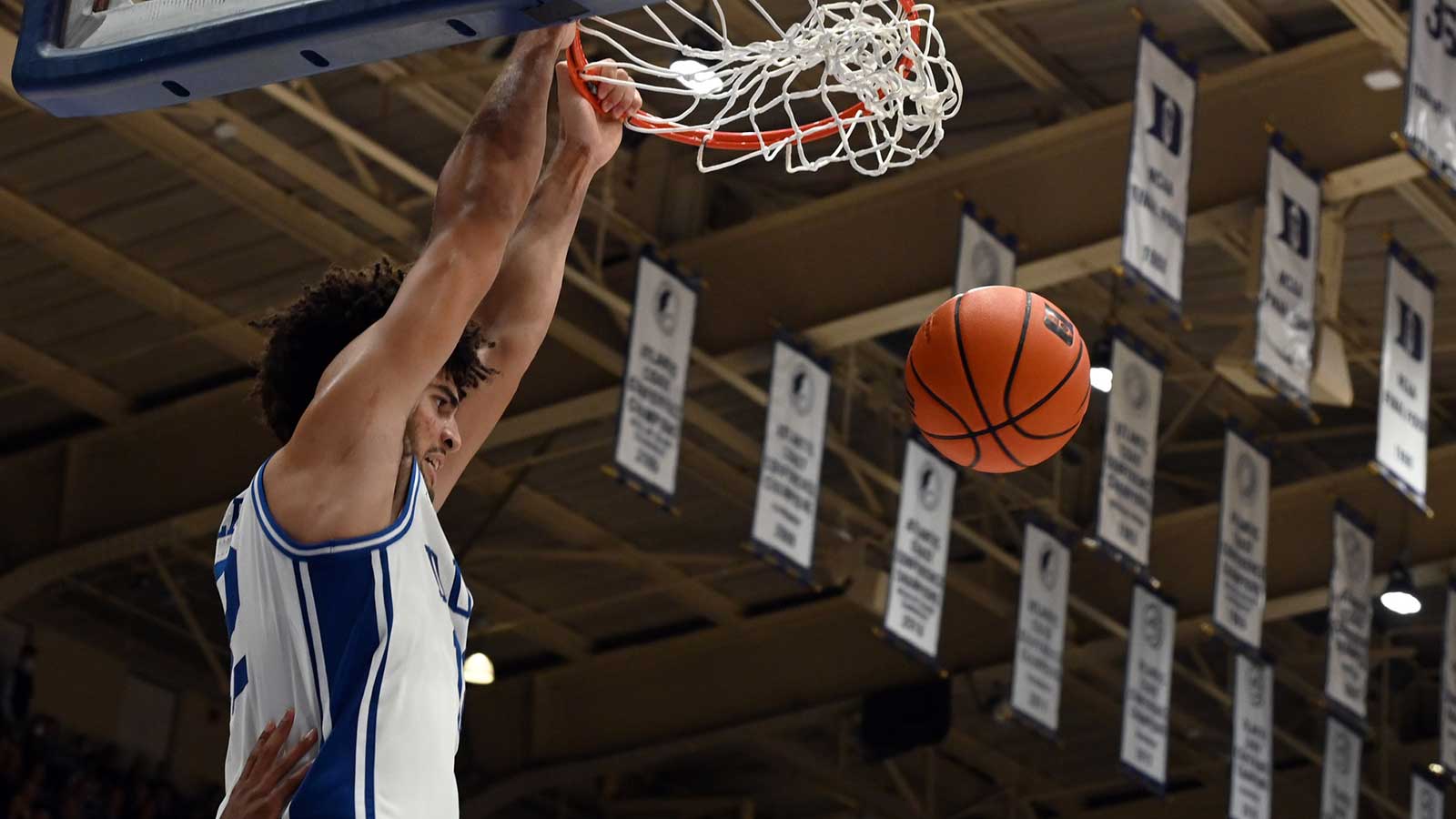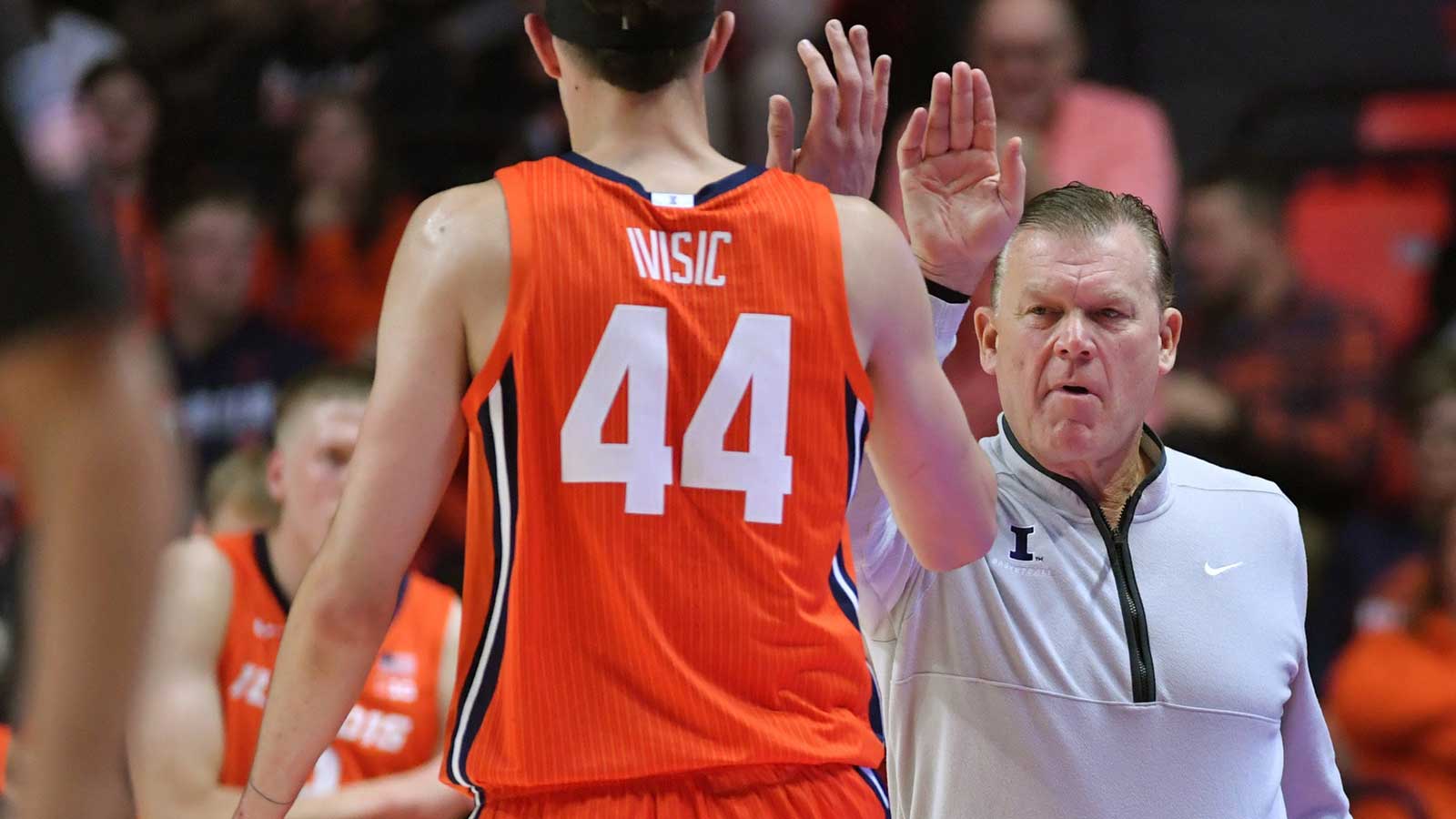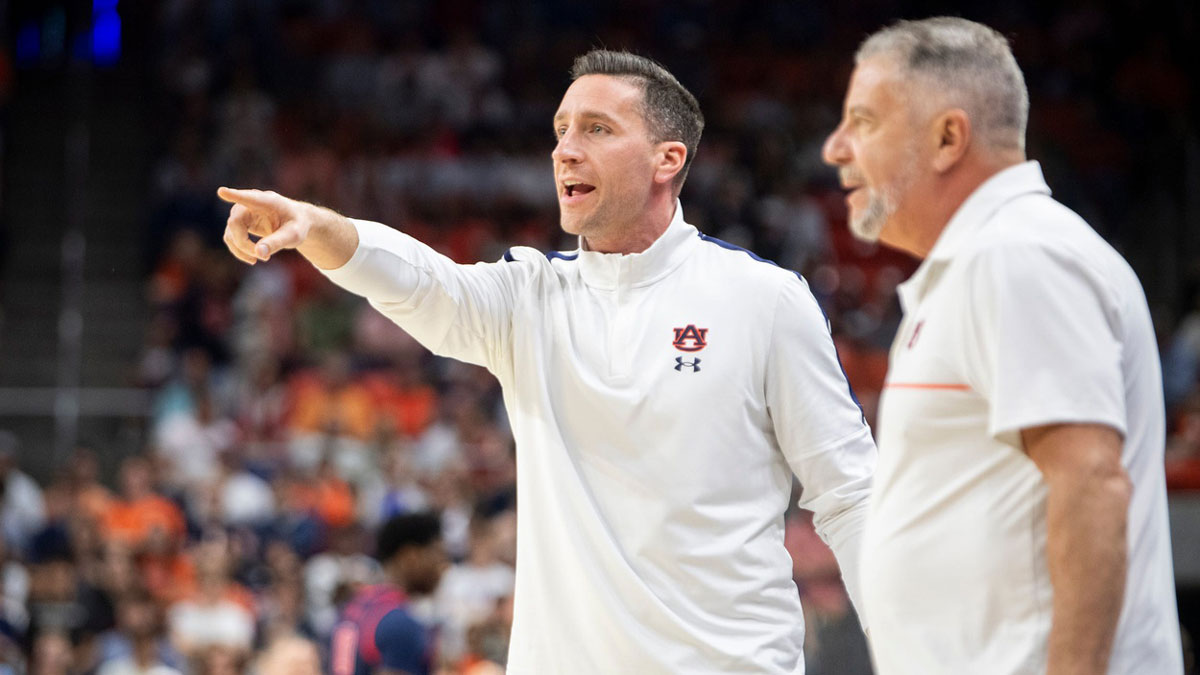The first two rounds of March Madness have just finished and so far, no bracket remains standing. While it's already difficult to keep a perfect bracket throughout the tournament, ESPN's Jay Williams has an idea that would make things even more challenging: A 112-team March Madness format.
On an episode of First Take, Williams let his suggestion be known.
“Let’s just expand the (March Madness) tournament, let’s just expand it,” Williams said. “So let’s just do a 112 teams. The top 16 teams get a bye in the first round. The first round you have 96 teams, 24 games played on Tuesday, 24 games played on Wednesday. Then you have the round of 64. Thursday, 16 games, Friday, 16 games. Then you get to the round of 32, eight games on Saturday, eight games on Sunday. There you go, 96 games in six days. This way, let everybody get in.” (clip via First Take's X account)
.@RealJayWilliams is calling for the NCAA tournament to expand to 112 teams 😯 pic.twitter.com/z5nQIz66WO
— First Take (@FirstTake) March 25, 2024
What could a 112-team format entail?

There are pros and cons to a move such as this, but first, a brief history. Dating back to 1939, the March Madness tournament extended in size from eight teams to around 53 by the early 80s. In 1985, the NCAA decided that a 64-team format was the way to go, and it's been that way until 2011 when the presently-used 68-team bracket was implemented.
Nearly doubling the number of teams than what's been used to for almost four decades does raise plenty of discussions. On the positive side, Williams mentioned that top teams get a bye week for their regular-season efforts. This could possibly make regular-season competition for that top 16 ranking more vigorous, considering the automatic entry to the next round. And for those lucky 16 teams, an extra two days of rest and preparation possibly gives them an edge heading into the Round of 64.
Additionally, the entertainment factor may rise. More teams automatically mean more upsets and fans going crazy about broken brackets. Presently, the fact that no brackets stand anymore highlights the unpredictability of the tournament. With 112 teams, things will even rise to a level of uncertainty that would thrill those who tune in.
Do more March Madness teams mean a less competitive regular season?
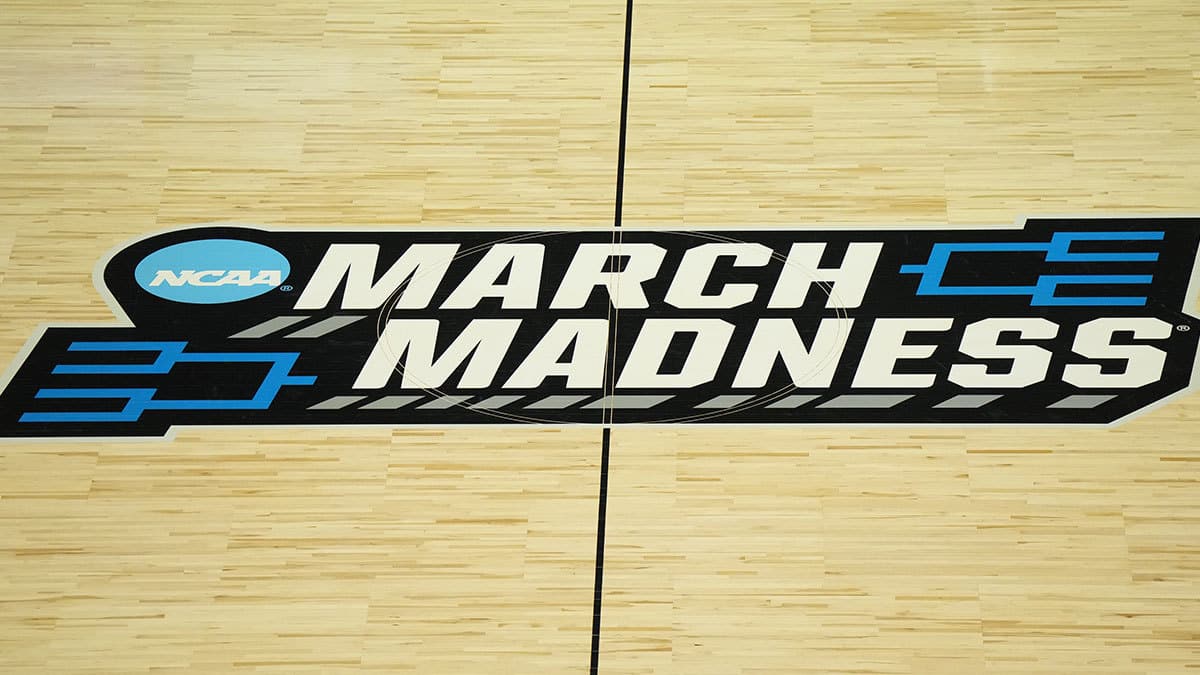
Still, there could be a downside to it all. Considering the amount of slots has nearly doubled, a possible effect could be the decrease in competitiveness during the regular season. In-conference showing is important because teams who don't make it to the top of their respective conferences rely on Selection Sunday for a chance to get in the big dance. With more teams being selected, slugfests for conference titles may not be as fervent throughout the year.
All in all, a 112-team March Madness format won't just happen with the snap of a finger. Expanding what's been accustomed to for years will take plenty of time and deliberation from the NCAA. So for now, basketball fans can focus on the present and enjoy the show.









